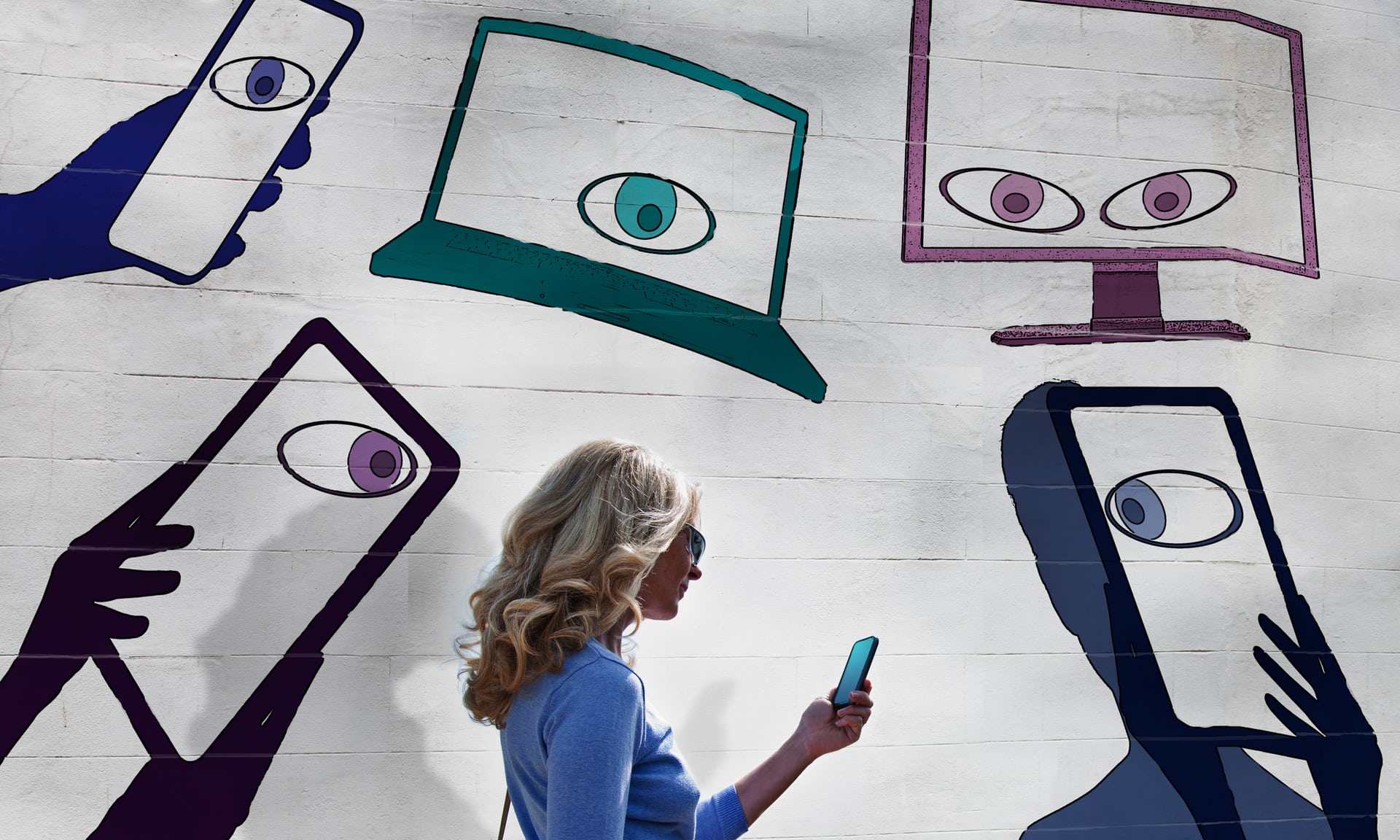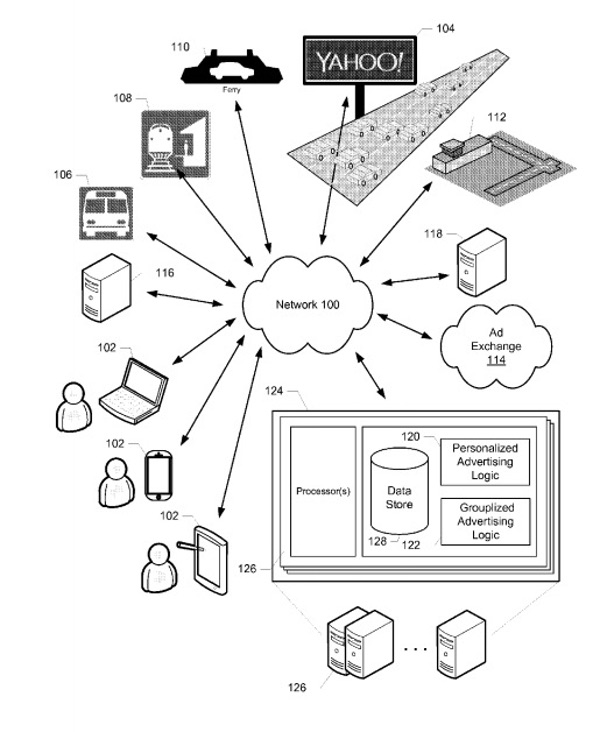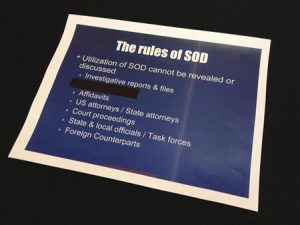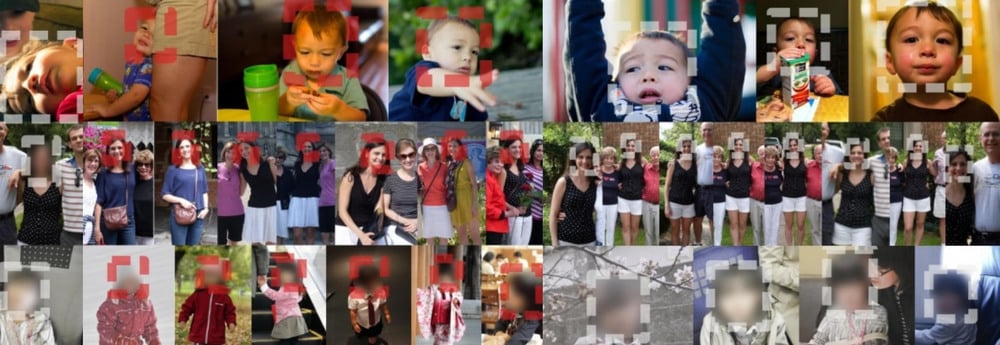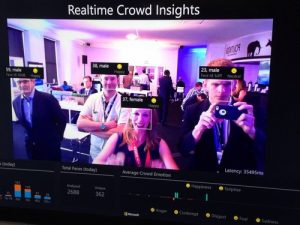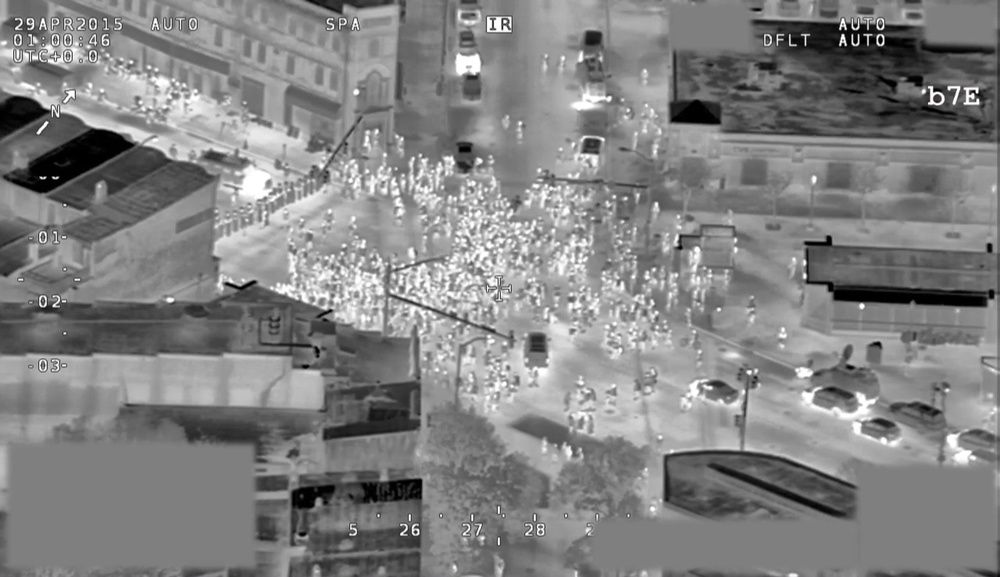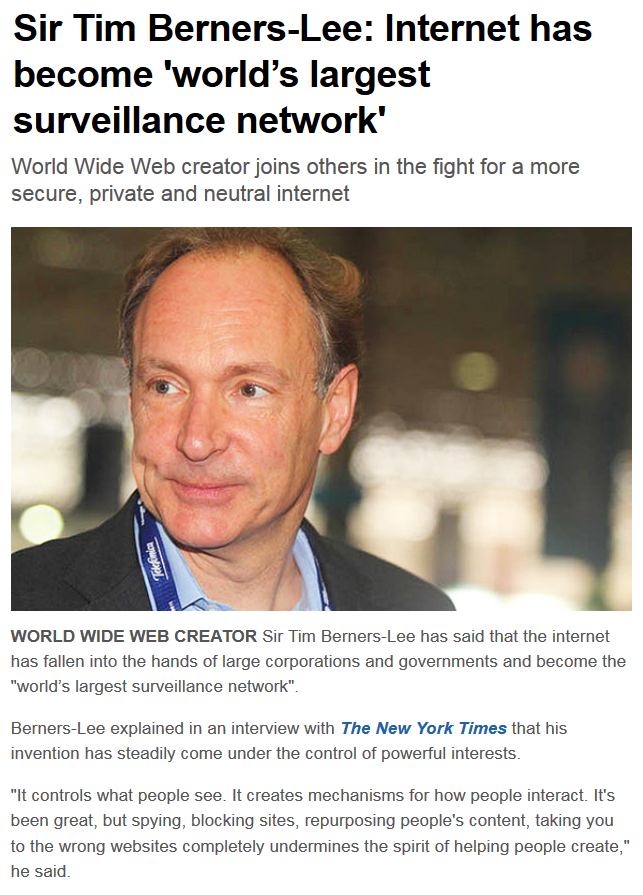“Creepy new website makes its monitoring of your online behaviour visible”
“If YOU think you are not being analysed while browsing websites, it could be time to reconsider. A creepy new website called clickclickclick has been developed to demonstrate how our online behaviour is continuously measured.
The site, which observes and comments on your behaviour in detail, and is not harmful to your computer, contains nothing but a white screen and a large green button. From the minute you visit the website, it begins detailing your actions on the screen in real-time.
The site also encourages users to turn on their audio, which offers the even more disturbing experience of having an English voice comment about your behaviour.
Designer Roel Wouters said the experiment was aimed to remind people about the serious themes of big data and privacy. “It seemed fun to thematise this in a simple and lighthearted way,” he said.
Fellow designer Luna Maurer said the website her own experiences with the internet had helped with the project. “I am actually quite internet aware, but I am still very often surprised that after I watched something on a website, a second later I get instantly personalised ads,” she said.”


